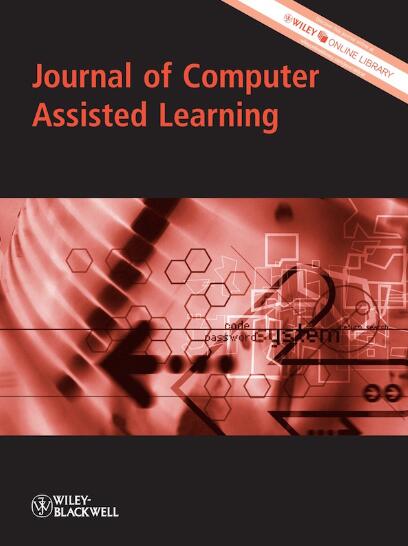Assessing Educational Leaders' Perceptions of Virtual Intercultural Interactions in Digital Learning Environments: Development, Network Analysis and Validation of the Virtual Intercultural Interactions Scale Through a Technology-Driven Approach
Abstract
Background
As educational institutions increasingly operate as multicultural hubs, leaders must navigate the complexities of cultural differences, language barriers and diverse learning styles in digital environments. These challenges are amplified by the lack of non-verbal cues and the asynchronous nature of online communication, which can lead to misunderstandings and reduced collaboration. At the same time, emerging technologies such as artificial intelligence, virtual reality and social media offer unprecedented opportunities to bridge these gaps, enabling more effective and inclusive intercultural interactions. In regions like Saudi Arabia, where Vision 2030 emphasises internationalisation and multiculturalism in higher education, the need for tools to assess and enhance virtual intercultural competencies is particularly urgent. Addressing this need is essential for fostering inclusive learning environments, driving academic innovation and preparing educational systems for the demands of a globalised world.
Objectives
This study aimed to develop and validate the Virtual Intercultural Interactions Scale (VIIS) to assess educational leaders' intercultural competencies in virtual environments. It seeks to identify key dimensions of virtual intercultural interactions, evaluate the scale's psychometric properties and explore the role of technology in enhancing intercultural understanding. Additionally, the study provides actionable insights for improving intercultural competencies in digital learning environments and establishes a theoretical framework integrating intercultural communication, diversity management and educational technology.
Methods
This exploratory mixed-method study, conducted in 2024, designed and evaluated the psychometric properties of the VIIS among 600 university managers in Saudi Arabia. The study involved a qualitative phase, including interviews and a literature review, for item generation, followed by a quantitative phase to assess the scale's psychometric properties, such as validity and reliability. Additionally, the study employed Exploratory Graph Analysis (EGA) from a network perspective to further examine the construct's structure and ensure its robustness. This comprehensive approach ensured the development of a reliable and valid tool to assess virtual intercultural interactions in educational leadership.
Results and Conclusions
The results identified six key factors: Intercultural Dialogue, Intercultural Understanding and Cooperation, Acceptance of Cultural Diversity, Experiences and Emotions, Cultural Challenges and Cultural Learning and Development. These factors collectively explained 60.9% of the total variance of the VIIS, demonstrating its robust structural stability and suitability for assessing virtual intercultural interactions. The findings indicated that the VIIS provides a reliable tool for shaping educational policies and practices in multicultural settings like Saudi Arabia and holds potential for broader application across diverse cultural and geographical contexts. Additionally, this scale is handy for designing professional development programs and training initiatives for educational leaders, focusing on enhancing intercultural competencies through advanced technologies such as artificial intelligence, virtual reality and digital communication tools.

 求助内容:
求助内容: 应助结果提醒方式:
应助结果提醒方式:


